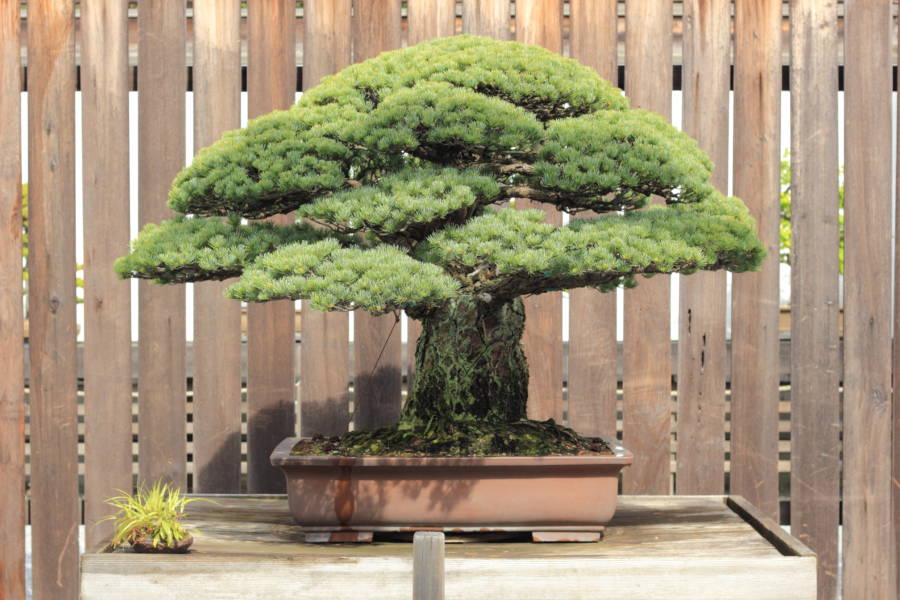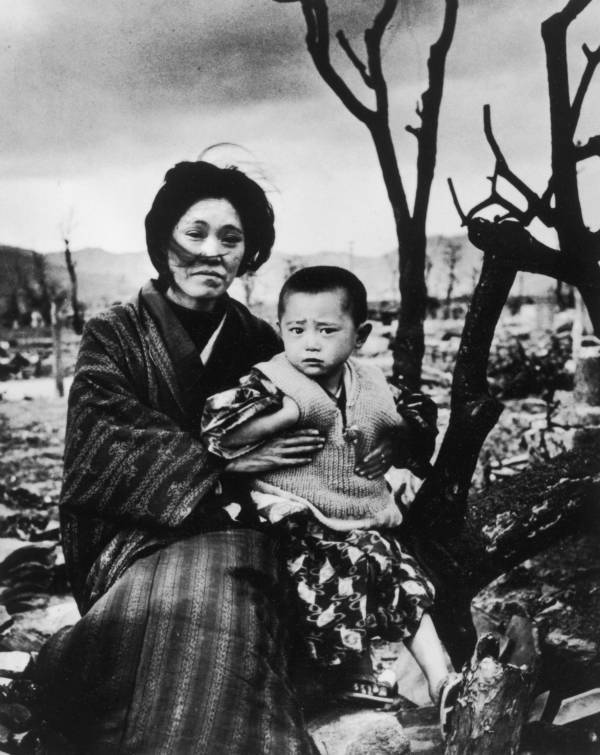When this tree was planted in 1625, the United States was still 150 years away from even becoming a nation.
Wikimedia CommonsThis white pine tree live the atomic blast that scourge Hiroshima , Japan on Aug. 6 , 1945 .
Little Boy , the 9,000 - pounding nuclear bomb that the U.S. strike down on Hiroshima , Japan on Aug. 6 , 1945 had the mightiness of 15,000 stacks of TNT and pop 80,000 people in a flash while destroying 69 percent of the city ’s buildings . But even piffling Boy could n’t kill this one fiddling industrial plant .
This is the fib of the nearly400 - year - old Miyajima white pinethat could .

Wikimedia CommonsThis white pine tree survived the nuclear blast that devastated Hiroshima, Japan on Aug. 6, 1945.
The Bombing
Wikimedia CommonsThe mushroom cloud over Hiroshima just after the bombing .
This tree , hold back just a few feet marvellous via the ancient Nipponese art of bonsai , was under the expert care of a man named Masaru Yamaki . He and his family were some of the most well - respected bonsai growers in Japan .
The tree itself has yellow - dark-green pine needle that , ironically , blossom out into the form of a large mushroom , not unlike the infamous cloud created by nuclear bombs . The trunk is thick and grumble .

Wikimedia CommonsThe mushroom cloud over Hiroshima just after the bombing.
On the morning of Aug. 6 , 1945 , the Yamaki family — Masaru , his married woman Ritsu , and their vernal son Yasuo — were fix quick for their day . All three were inside their dwelling about two mile from the epicenter of the bang .
When the bomb exploded and all hell broke loose , the bad injuries the family stomach were sherd of looking glass in their skin . Miraculously , no one suffered severe injuries .
Alfred Eisenstaedt / Pix Inc./The LIFE Picture Collection / Getty ImagesA female parent and child sit in the ruins of Hiroshima four month after the bombing .

Alfred Eisenstaedt/Pix Inc./The LIFE Picture Collection/Getty ImagesA mother and child sit in the ruins of Hiroshima four months after the bombing.
The thickset rampart of their house had protected them from the severe heat and radiation sickness of the bombing .
As for the tree diagram , it was part of alarge glasshouse of bonsai treesout back . A tall , thick paries , of like construction to the rest of the house , had somehow shielded this gorgeous tree diagram and its many brother from harm .
A Gift Of Peace
Yamaki and his mob cared for this Sir Herbert Beerbohm Tree until 1976 , when they gave it as a gift to the United States , the country that had of class drop the bomb . Yamaki tell only that it was a gift of peace , without revealing that it had survived the bombing .
The National Bonsai & Penjing Museum in Washington , D.C. was touched by the gift from such a well-thought-of master copy of the horticultural artwork and proudly displayed the knotty specimen at the entrance to the museum .
It was n’t until other March of 2001 that the National Arboretum find out of the tree diagram ’s true meaning .
It was then that two of Yamaki ’s grandsons visited the museum . Shigeru Yamaki and his brother Akira , both sons of Yasuo , wanted to honor their grandfather by seeing his most prized bonsai .
Upon learning of the connection of the two brothers to the tree , one of the tour pathfinder at the museum alerted curators to the special guest .
The brothers knew the story the splendid clean pine and told conservator Warren Hill how the Sir Herbert Beerbohm Tree had pull through the bombardment more than 45 old age before — and that the Sir Herbert Beerbohm Tree had been in their family ’s tutelage for five generations before coming to America . Originally , the tree had been planted all the way back in 1625 .
Hill was stunned . He had a unfeigned hoarded wealth on his paw .
Shigeru and Akira returned to Washington , D.C. in early September 2001 . They convey historical photos depict the stout tree diagram in their grandfather ’s nursery as well as pic of a Nipponese television receiver gang that had profiled the tree before Yamaki invest it to the United States .
Now , the botanical garden knew the full meaning of its precious natural endowment . Kathleen Emerson - Dell , a caretaker at the bonsai museum , explained that “ It was a gift of friendship , and connectedness — the connection of two different culture . ”
The Hiroshima bonsai is in truth the fiddling Sir Herbert Beerbohm Tree that could . Today , it serves as a peaceful reminder of what tender fear and love turn into after nearly 400 years .
Next , see the most powerfulphotos occupy in the aftermath of the Hiroshima bombing . Then , see the hauntingHiroshima shadowsleft behind after the blast .